Schwertestraße 3
37671 Höxter
Germany
Already for the year 1724 a prayer room can be proven, since the prince abbot of Corvey allowed the Jews from Löwendorf to attend the prayers in the synagogue in Fürstenau according to the Jewish laws. In the middle of the 19th century a rented prayer room is documented. The "Schtiebel" was located in the house of the Sievers. Since there were not enough children in the community, no school was opened.
Soon in the night of August 23, 1938, the synagogue was broken into. In the process, objects of worship were damaged and desecrated, as well as stolen. Partly they were found again scattered in the place. However, the perpetrators could not be identified. In the course of the November pogrom, the synagogue was partially burned down. In 1939, a haulage contractor bought the building and converted it into a truck garage. The enforcement report of the Höxter district council wrote about this that "the sympathy of the population was not with this action. [...] Here and there there were signs of sympathy. Completely condemned is the destruction of material assets." In addition, the Catholic community rejected the damage to sacred institutions.
Harry Löwenstein, a Holocaust survivor, visited the site during his last visit to Fürstenau in June 2018. Löwenstein stayed in the village again for a few weeks after the war and emigrated to the United States in 1947. He is one of the few members of the community who survived, as most of them were deported in early December 1941.
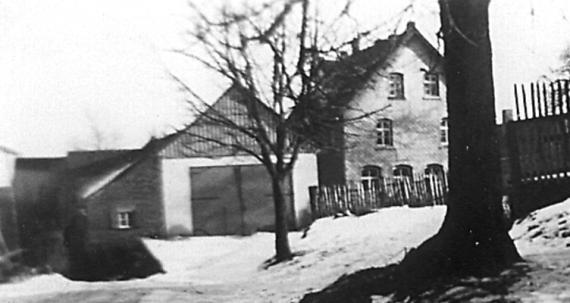
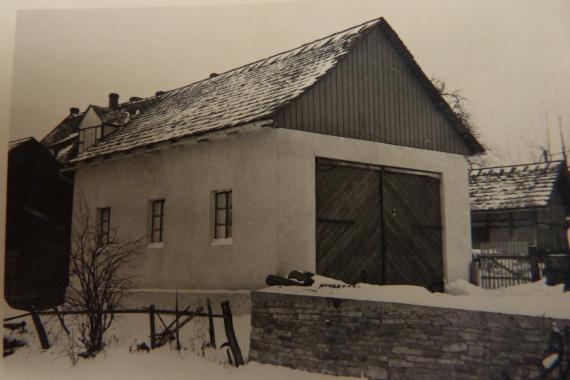
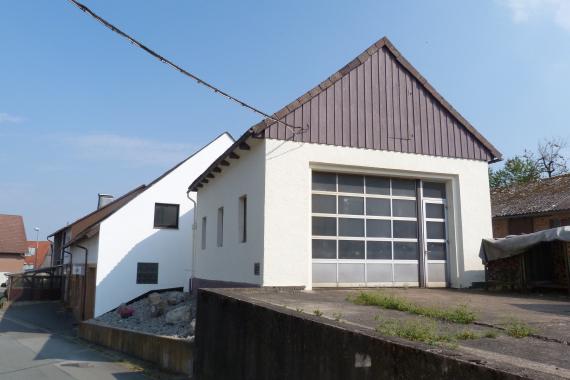
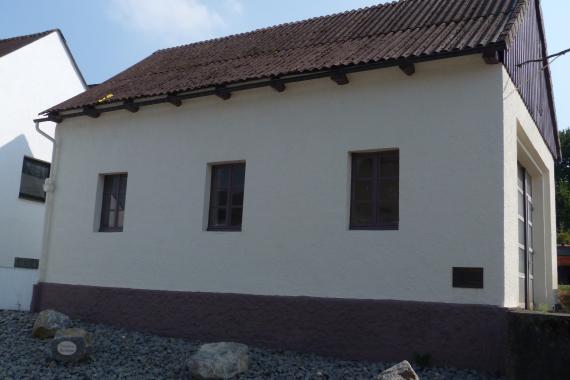

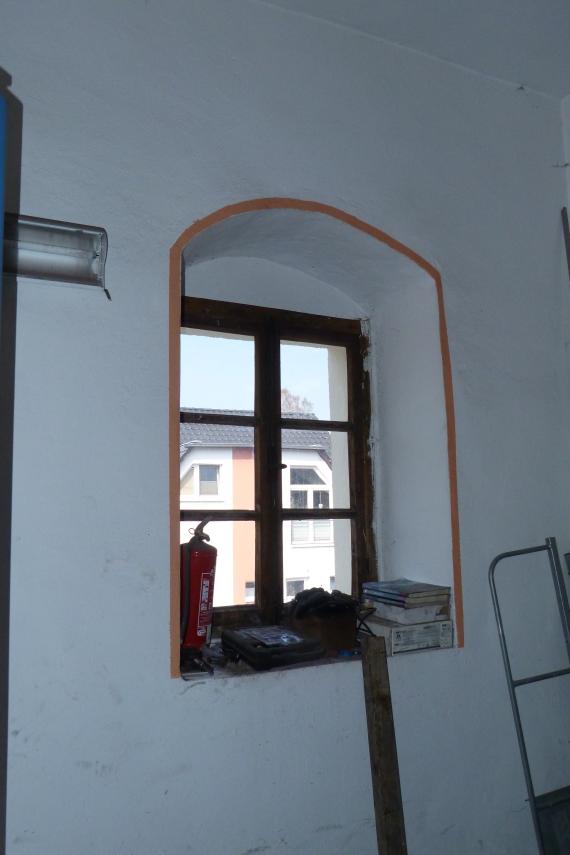

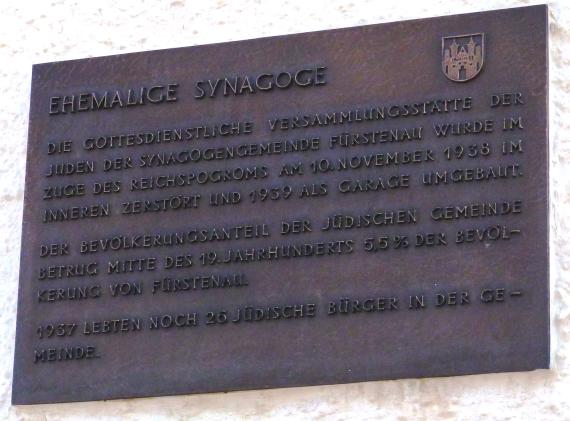
Add new comment